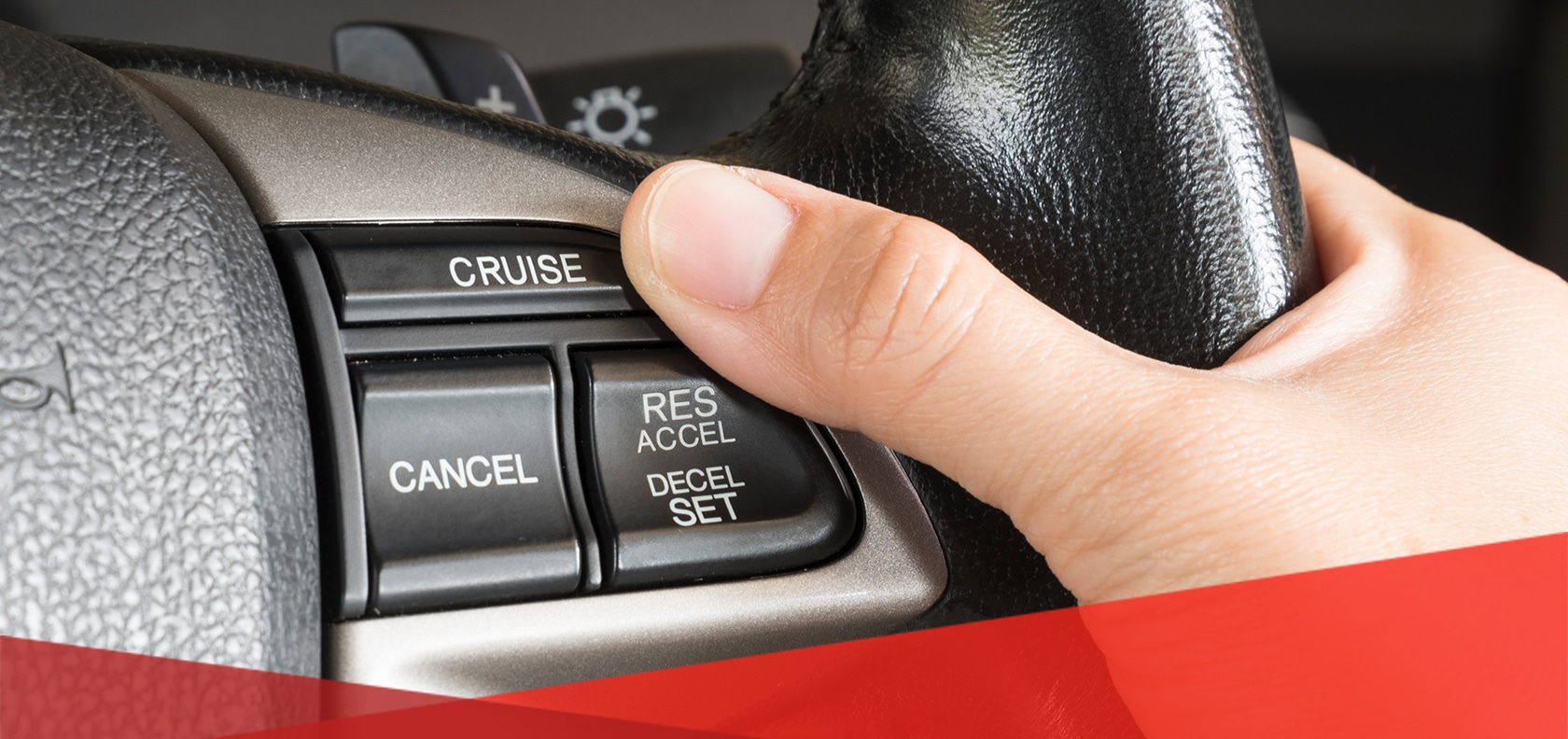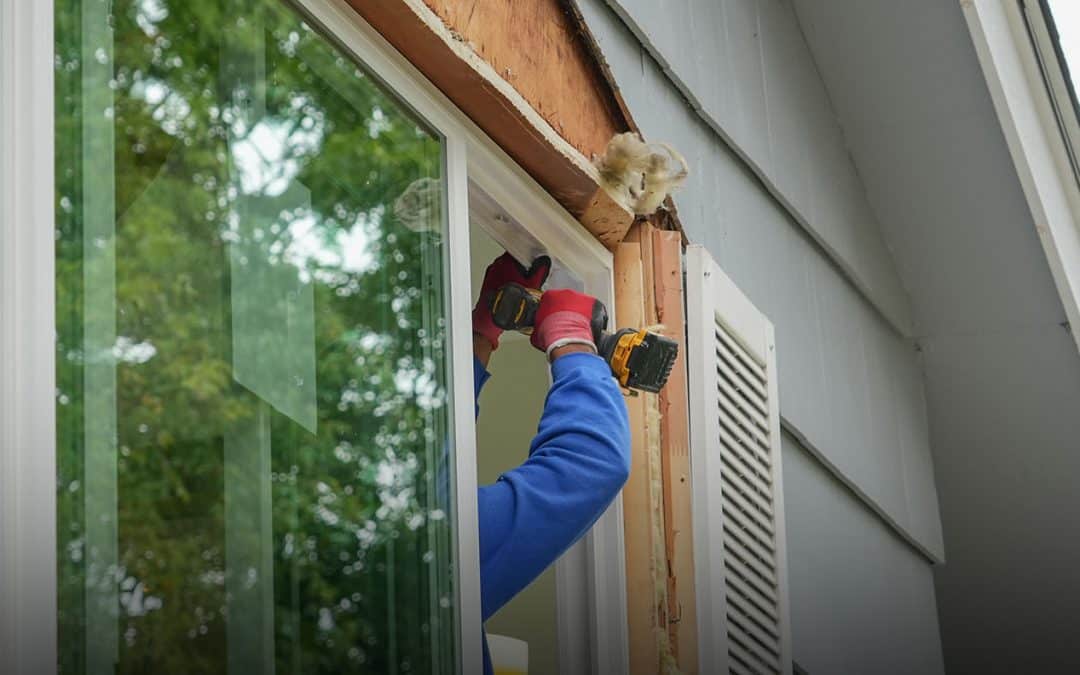Most vehicles have a cruise control feature which allows you to turn it on with a press of a button or one turn of a knob on your steering column near your wheel. Cruise control uses a servomechanism (a system that consists of a sensing element) that works with the throttle to keep your car running at a specific speed.
How Does Cruise Control Work?
Driving long distances usually requires that you keep one foot on the gas pedal at all times. It’s often easy to get caught up in the flow of traffic and drive a little faster than you would like, which some refer to as having a lead foot. Cruise control works well when you have a straight road ahead of you and can keep an eye on traffic. This system has a cable that runs from the steering column to the vehicle’s actuator. You press a button or turn the knob to the on position and pick the speed you want to use. Use the SET setting and tap on the pedal to adjust your speed. If you want to turn it off, either tap the brake pedal or turn off the button or the knob to the OFF position.
Is Cruise Control Safe?
Though some focus on the dangers of cruise control, it’s usually safe to use. With cruise control, manual car drivers and those in automatic vehicles get more control over their speed without needing to keep one foot on the gas. As it comes built into your vehicle, you don’t need to spend a lot of money to have it installed or leave your vehicle in the shop. You should make sure that you’re on a straight road as this feature does not control the steering wheel. Keep an eye on the flow of traffic too to know when you need to slow down or stop.
Is Cruise Control Bad for Your Car?
A common misconception is that cruise control is bad for your car. The top brands install this feature on new cars because they know that it can make a car last longer. The simple process of accelerating can do more damage than you might think. It causes quite a bit of wear and tear that can seriously reduce the value of your vehicle. Using the cruise control button makes it easier for you to reach a top speed and maintain it while doing less damage.
When to Avoid Cruise Control
Despite having some good benefits, there are also some times when you should avoid using cruise control. Avoid using this feature if the roads are not dry. Whether it’s raining outside or snowed the night before, you need to keep an eye on your speed. With cruise control, you may not come to a stop as quickly as you would like. Do not use this feature if you’re tired either. Cruise control maintains your cruising speed but cannot drive your car. The risk of falling asleep behind the wheel and causing an accident is too high. Don’t use your cruise control when there are a lot of cars on the road. This makes it too hard for you to keep up with the flow of traffic.
Benefits of Cruise Control
Using cruise control is similar to using a car speed limiter because it helps you maintain a consistent speed. When you keep shifting between the gas and brake pedals, you not only put a lot of pressure on your car but also reduce your fuel efficiency. If you spend a lot of time in traffic, you’ll notice how low your mpg average drops. Cruise control also helps you keep up with the flow of traffic and stick to the posted speed limit. You don’t need to worry about getting tickets and seeing your insurance skyrocket without adding a car speed limiter to your vehicle. Many find that cruise control helps them avoid accidents too. When you focus more on the road and the vehicles around instead of your speed, you have a better chance of stopping accidents before they can happen.
Looking at what cruise control is and what it does is a good way to see if you should use this feature in your car to stay safe on the road and to avoid accidents. For help getting the auto insurance that you need, turn to MAPFRE!



